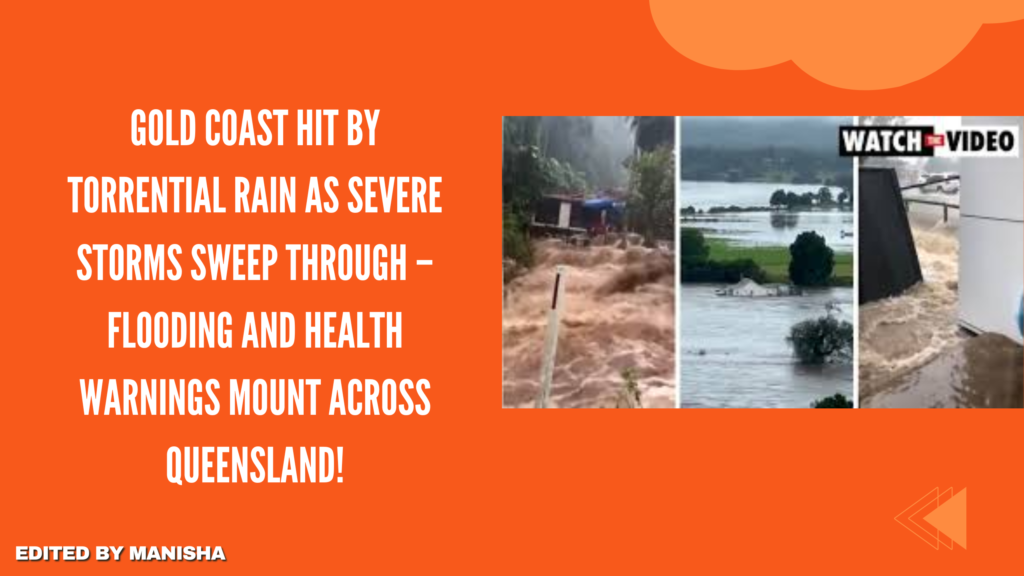
Torrential rain has hit the Gold Coast this morning as a series of thunderstorms swept through the city. In just two hours, a storm cell over Coolangatta dropped 131mm of rain at Currumbin Creek, 106mm at Palm Beach, and 72mm at Coolangatta. Senior forecaster from the Bureau of Meteorology (BOM), Jonathan How, warned that a severe thunderstorm had also developed over Coomera on the northern Gold Coast. He advised residents across the area to monitor the radar and stay updated on weather warnings, particularly those near Coolangatta and Miami.
As the Gold Coast grapples with rain, flood recovery efforts continue across North Queensland. Felim Hanniffy, another senior forecaster from the BOM, said that rainfall had eased in the flood-affected regions of Cairns and Townsville, although isolated showers still occurred. Major flood warnings remain for the Herbert and Flinders rivers, where levels are yet to peak due to the ongoing flow of recent rainfall into the waterways. While the rain has lessened, the flooding is expected to persist, and the rivers could peak in the coming days.
Meanwhile, in Birdsville, western Queensland, temperatures reached a record-breaking 47.2°C yesterday. With heatwave conditions expected to develop along parts of the north-east tropical coast later this week, Hanniffy noted that high humidity would combine with the heat, which could complicate recovery efforts in the area.
Residents in flood-affected zones continue their cleanup efforts. Kim Drysdale, from Giru, south of Townsville, shared the heartbreaking loss of many of her toddler’s belongings due to the heavy rain. “I had to throw out her bed, her mattress, her books, and many of her toys. It’s hard for a young child to understand why everything looks clean but is still unsafe,” Drysdale explained.
The ongoing wet conditions have also led to a rise in health issues related to the floods. Steven Donohue, director of the Townsville Public Health Unit, warned of an increase in infections, particularly from contaminated floodwater. He highlighted the danger of melioidosis, a rare but serious disease caused by bacteria found in soil, which has led to several wound infections, sepsis, and pneumonia. Since mid-December, Townsville has seen around 17 cases of melioidosis, including 10 in February alone, with two fatalities prior to the recent flooding. Vulnerable populations, including the elderly and those with chronic health conditions, are particularly at risk.